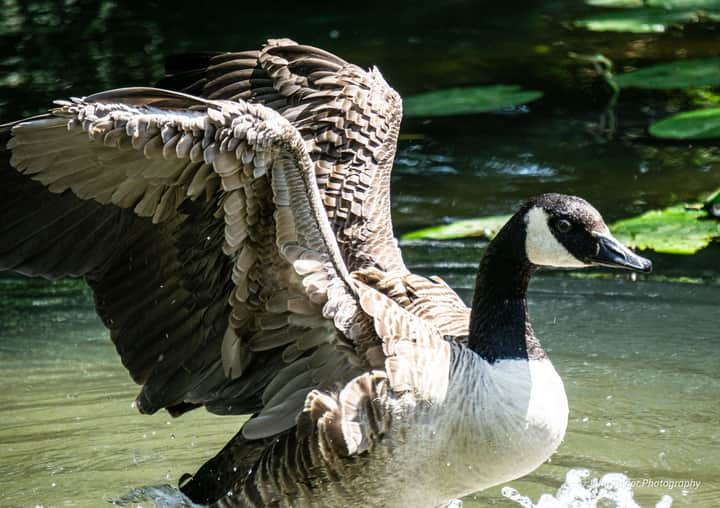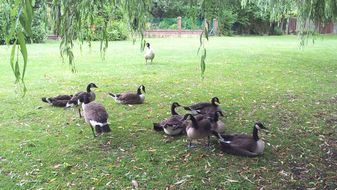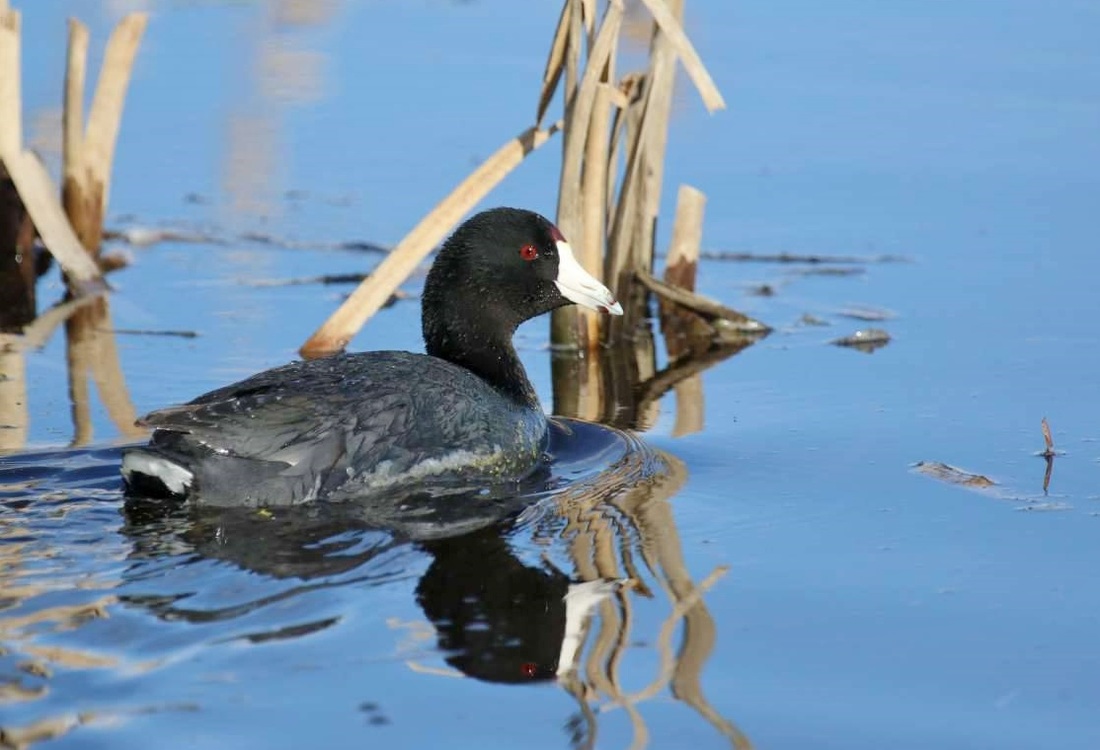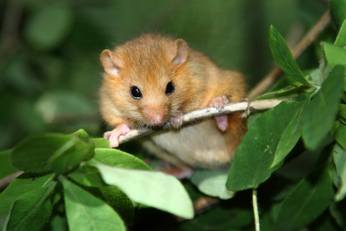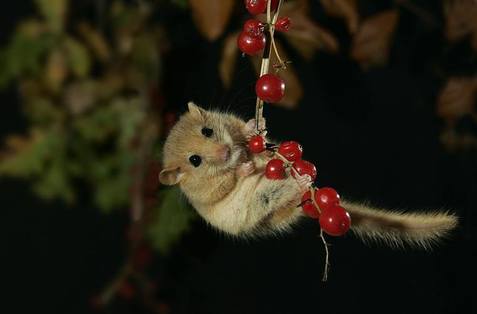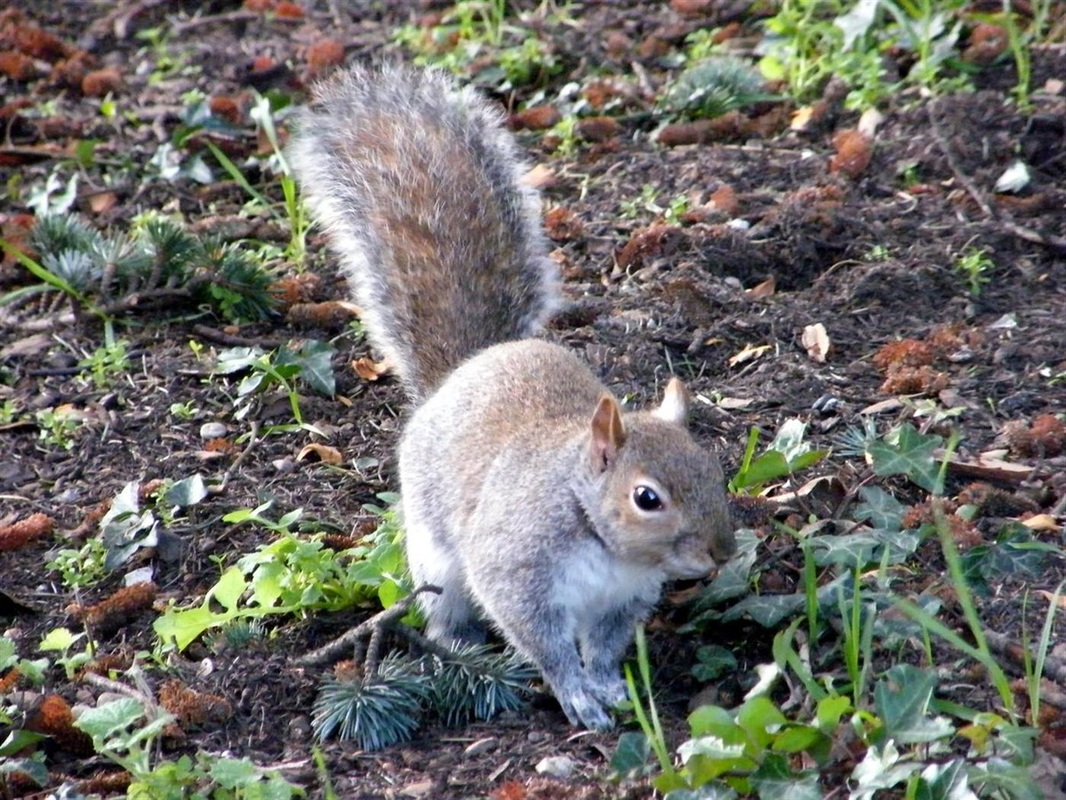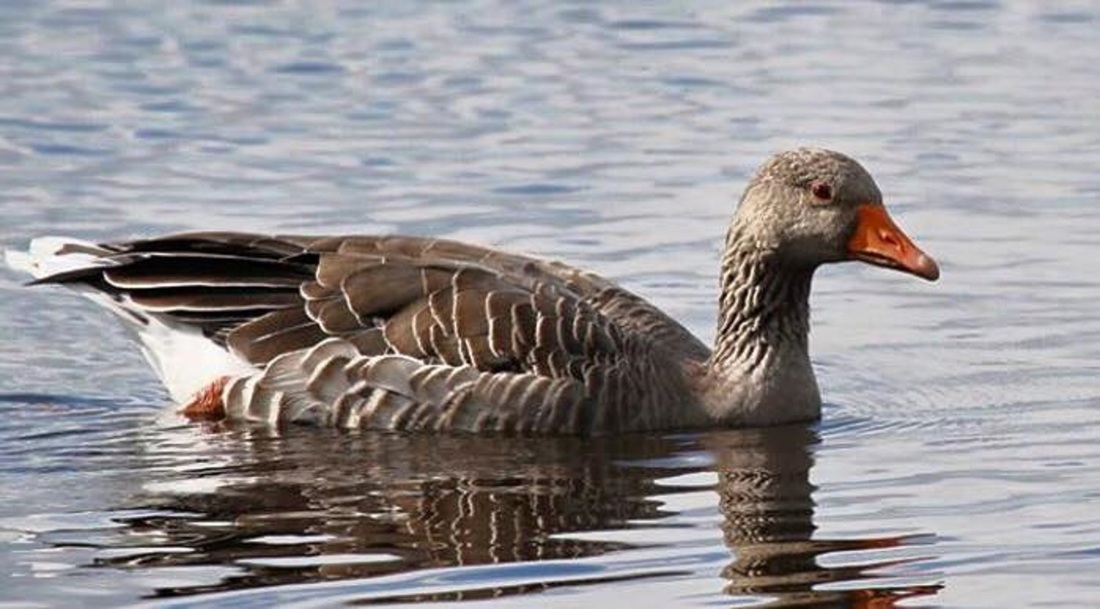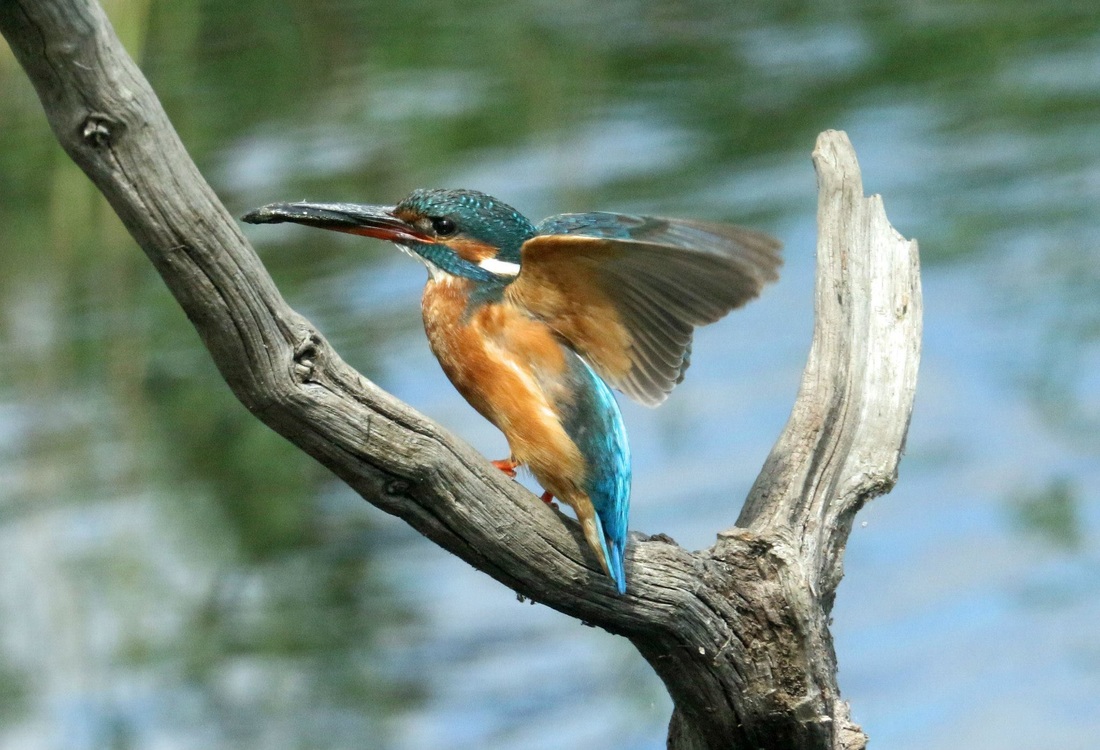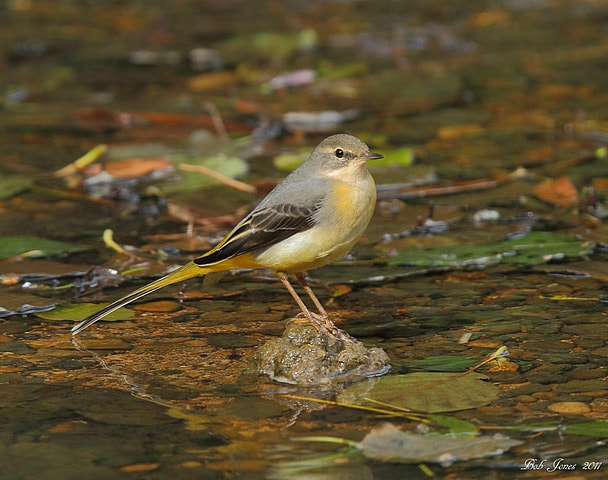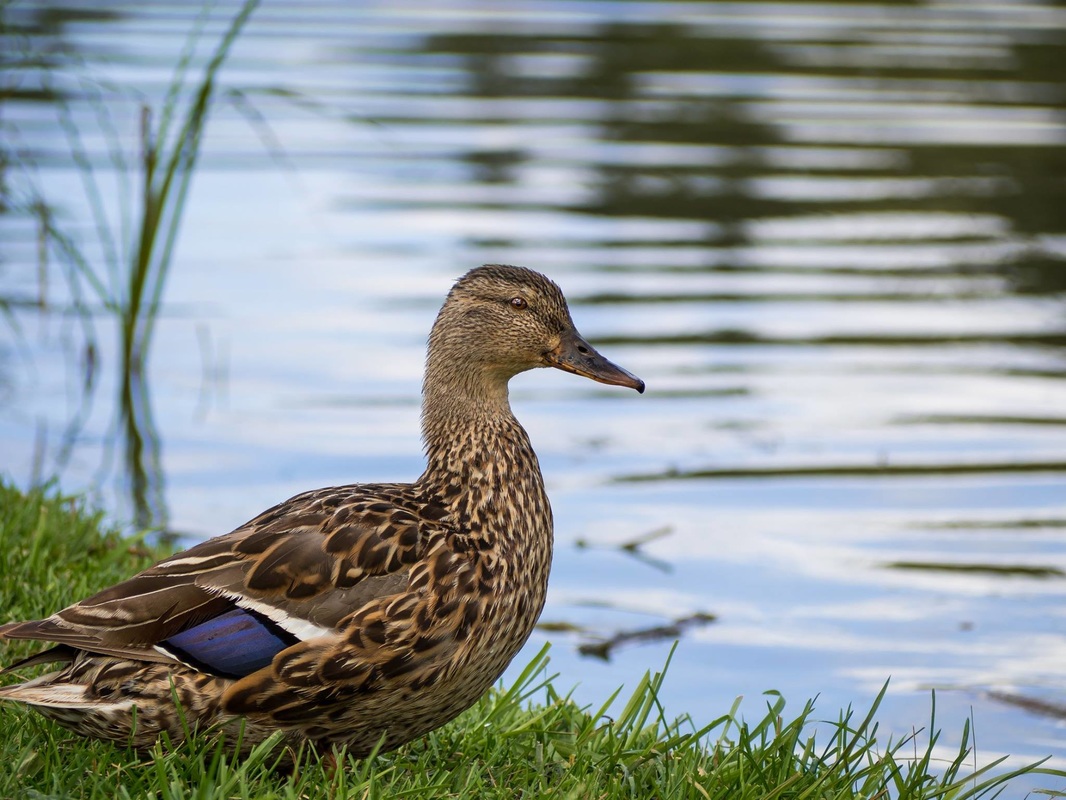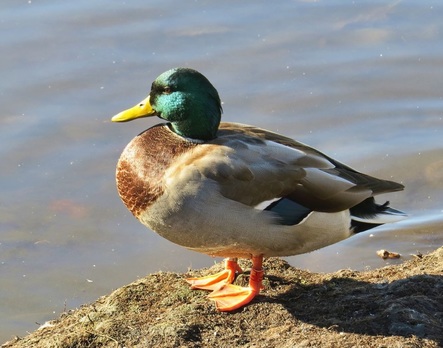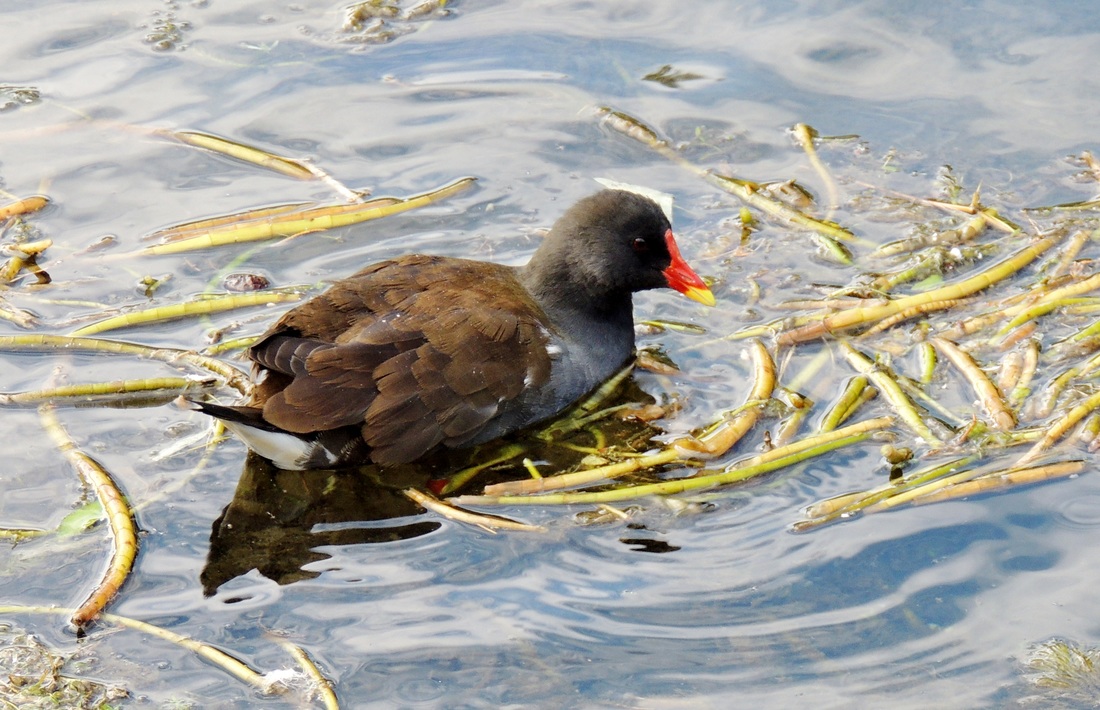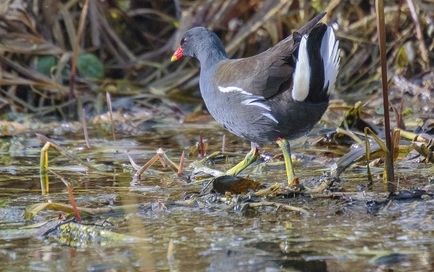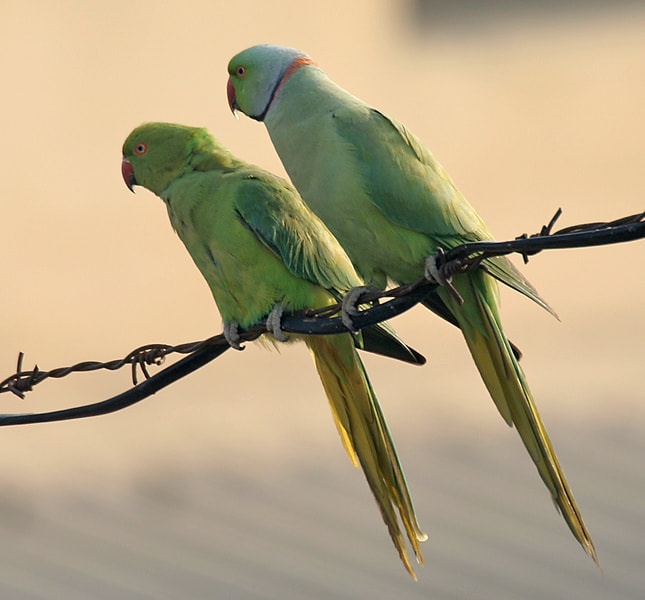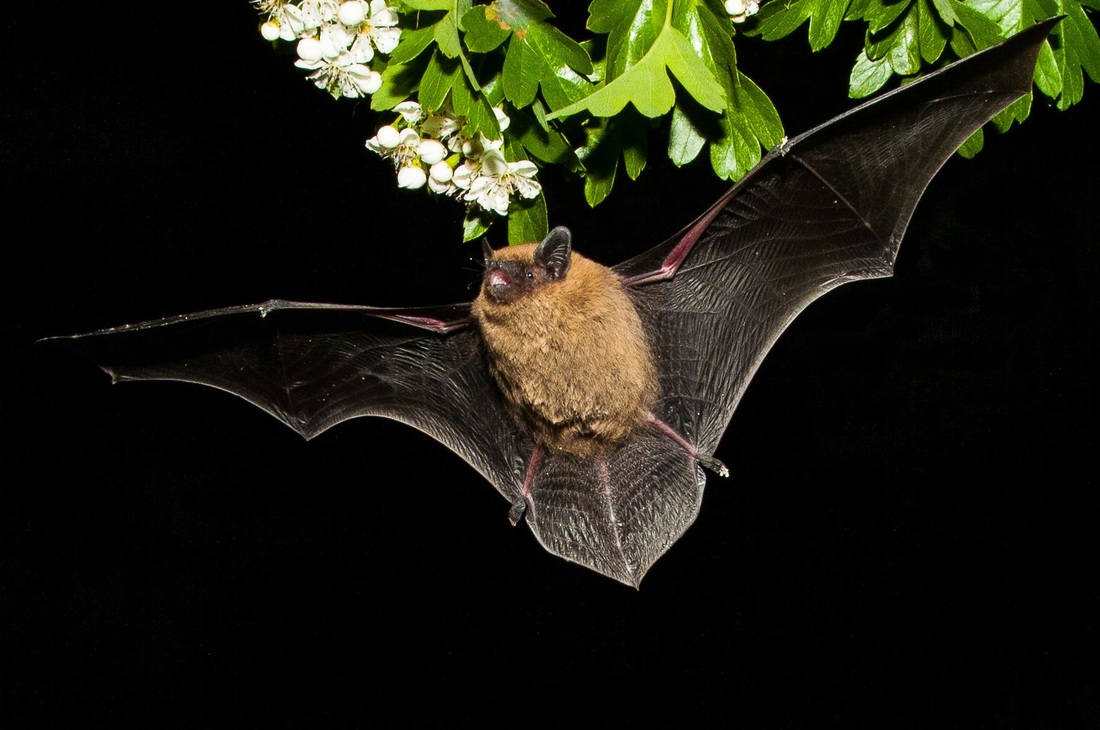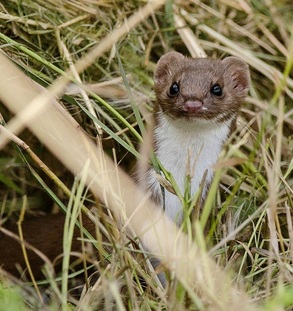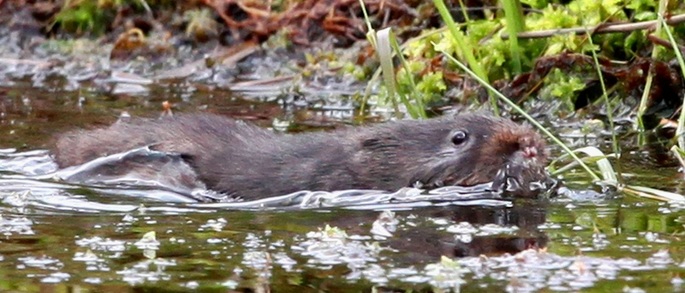The following Birds and Small Animals illustrate a selection of wildlife which may sometimes be seen in Parklands
Wings in Parklands : Photo taken by John Taylor
Grey Wagtail
The Grey Wagtail has the longest tail of the wagtails and like the others its tail is wagged continually. The long tail improves its agility while flying in pursuit of insects.In the winter, the male's yellow breast becomes paler and the black throat less distinct. This winter plumage is very similar to the female's appearance all year round.Juveniles are similar to the female but the lower bill and throat are pink-buff coloured and they lack the black throat.
The Grey Wagtail has the longest tail of the wagtails and like the others its tail is wagged continually. The long tail improves its agility while flying in pursuit of insects.In the winter, the male's yellow breast becomes paler and the black throat less distinct. This winter plumage is very similar to the female's appearance all year round.Juveniles are similar to the female but the lower bill and throat are pink-buff coloured and they lack the black throat.
|
Ring-necked Parakeet The UK's only naturalised parrot. Green with a long-tail, a red beak and a pink and black ring around its neck. Makes a loud squawking noise. ww2.rspb.org.uk/our-work/our-positions-and-casework/our-positions/species/invasive-non-native-species/ring-necked-parakeets |
|
Water vole
The water vole is the most endangered mammal species in the UK, mainly due to habitat loss and predation by the American mink. It is the largest British vole and often mistaken for a brown rat, especially when swimming.It eats grasses and waterside vegetation.
The water vole is the most endangered mammal species in the UK, mainly due to habitat loss and predation by the American mink. It is the largest British vole and often mistaken for a brown rat, especially when swimming.It eats grasses and waterside vegetation.
